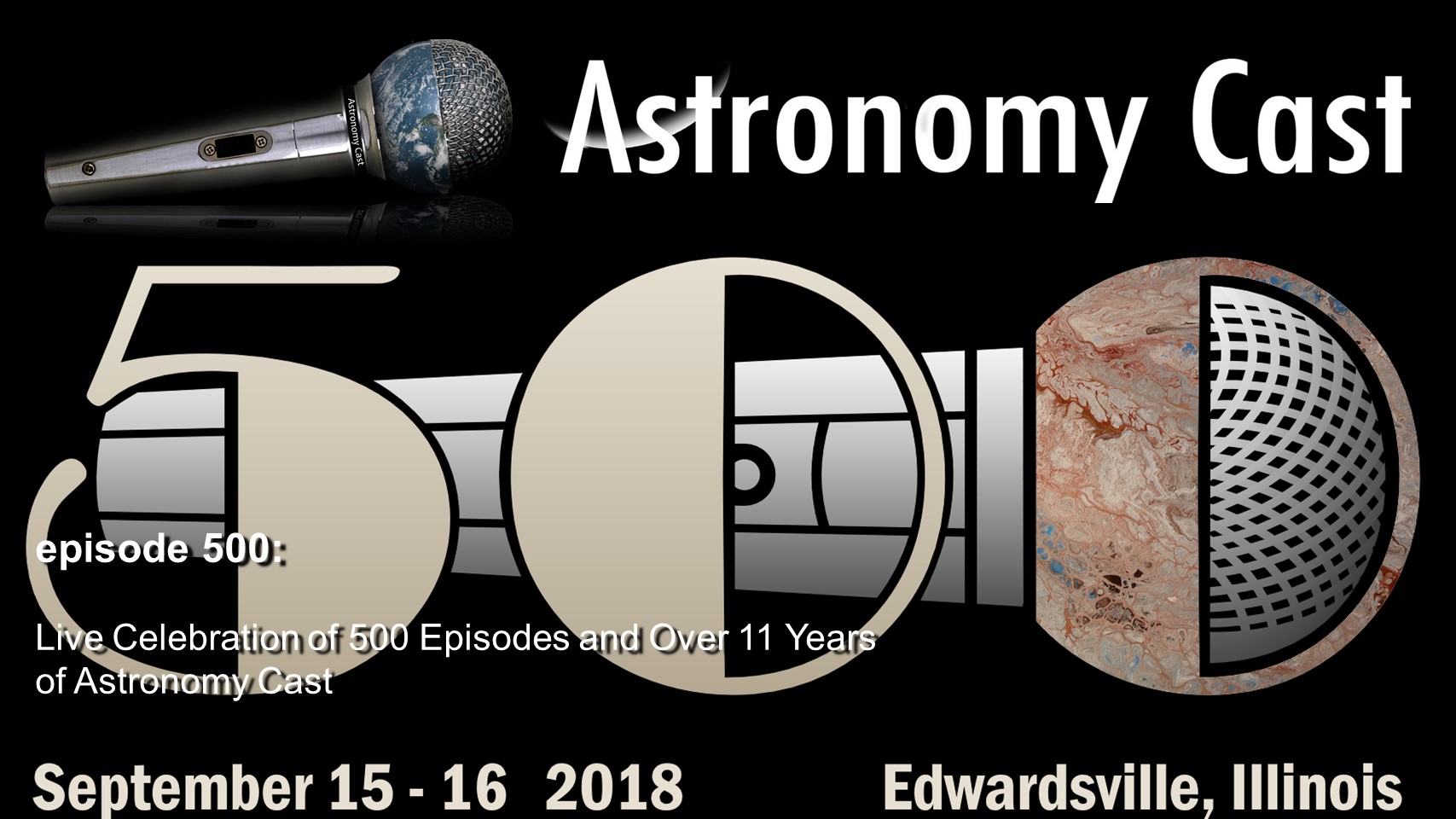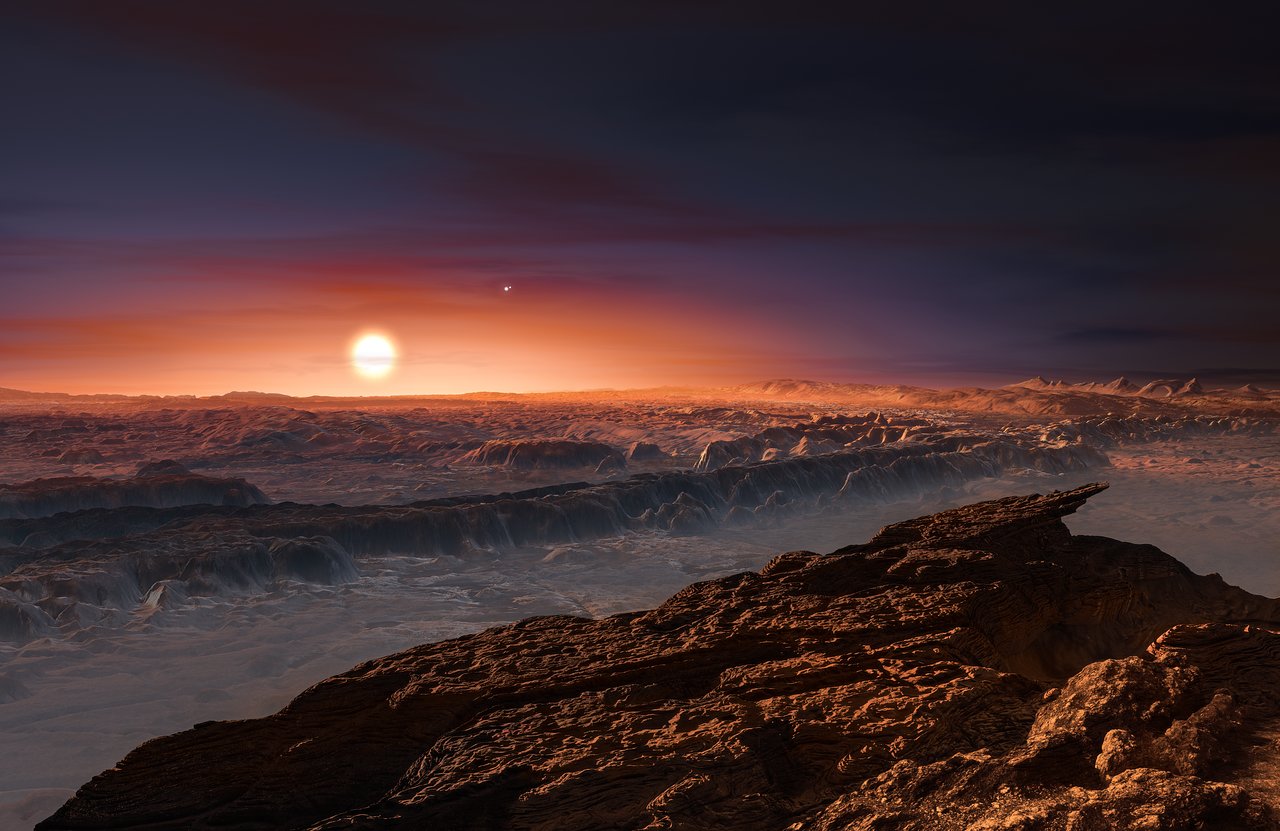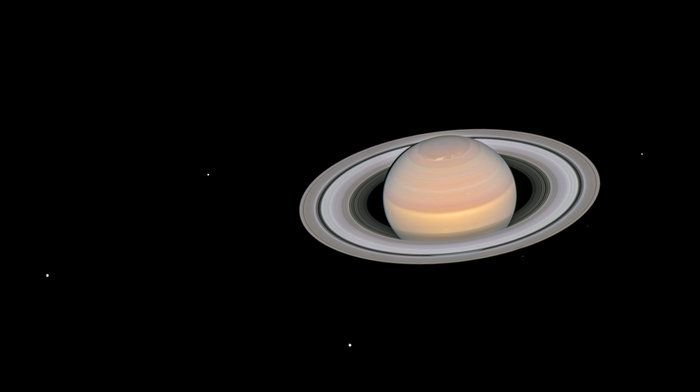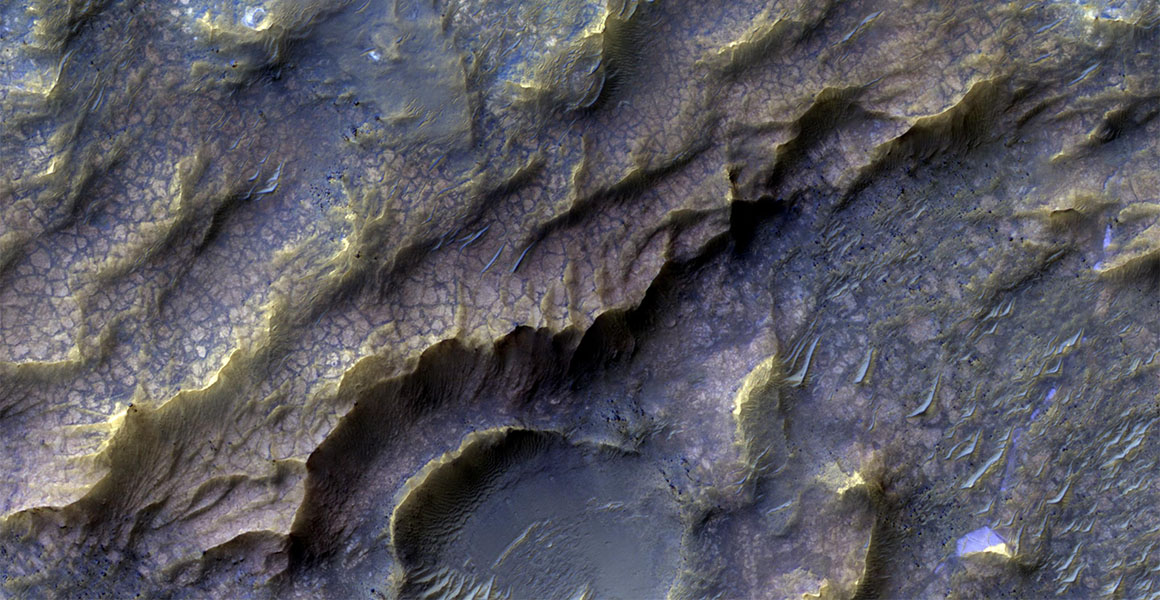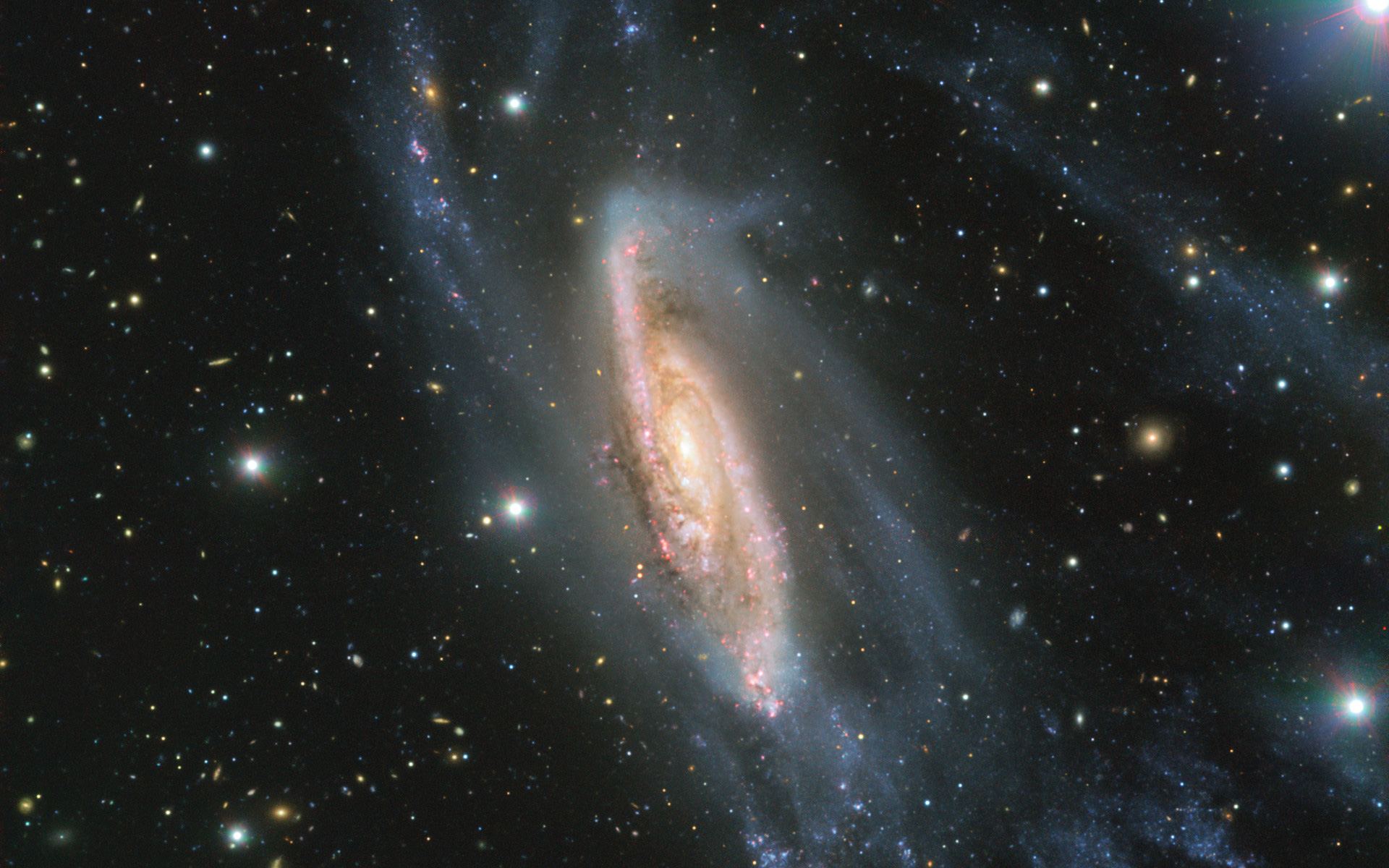Ever since astronauts began going to space for extended periods of time, it has been known that long-term exposure to zero-gravity or microgravity comes with its share of health effects. These include muscle atrophy and loss of bone density, but also extend to other areas of the body leading to diminished organ function, circulation, and even genetic changes.
For this reason, numerous studies have been conducted aboard the International Space Station (ISS) to determine the extent of these effects, and what strategies can be used to mitigate them. According to a new study which recently appeared in the International Journal of Molecular Sciences, a team of NASA and JAXA-funded researchers showed how artificial gravity should be a key component of any future long-term plans in space.


